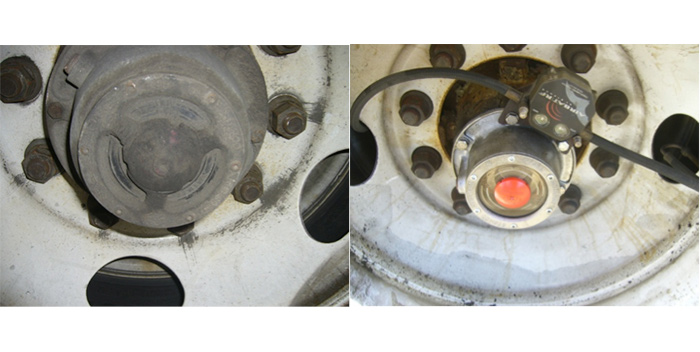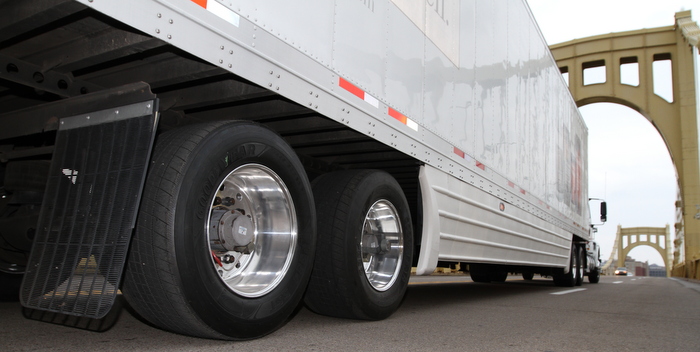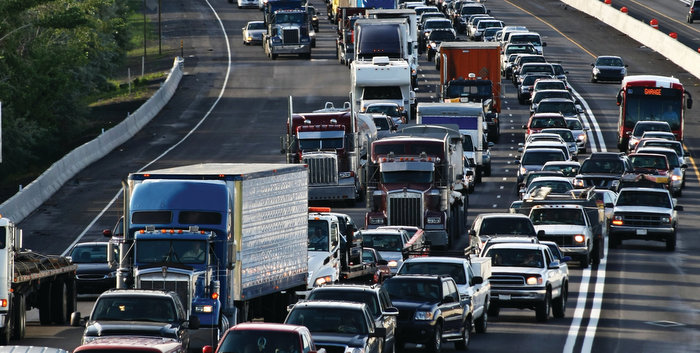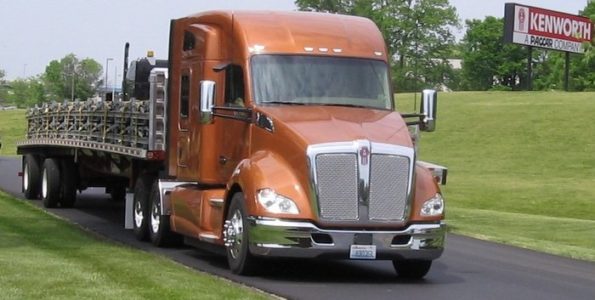March is the month of truck shows and the introduction of new trucks and technology. At the recent Mid-America Trucking Show, which I attended, there were three recurring themes: fuel economy, clean air (reduction of greenhouse gases) and heavy-truck stopping distances – all topics our federal government has expressed increased interest in with proposed or pending legislation.
As for fuel economy, according to Martin Daum, president and CEO of Daimler Trucks of North America (DTNA), “Truck engines are at their most fuel efficient levels now, but we continue to respond to the needs of our customers who are looking for more fuel advantages. To answer those requests, we are working reduced engine heat, developing new integrated drivelines and looking at improved truck aerodynamics.” In addition, Daum said that the truck maker continues to look at a number of alternative fuels, including natural gas options, hybrids and even electric plug-in options. The company currently has vehicles available using natural gas and hybrid technology.
Peterbilt Motors Co. announced the expansion of liquefied natural gas (LNG) platforms to meet its customers’ requirements for lowering operating costs while maintaining performance. the truck maker offers Models 367 LNG and 386 LNG with the Westport HD engine, providing equal horsepower, torque and efficiency to a diesel-fueled engine.
“As diesel prices continue to rise, customers are looking for alternative fuel options without impacting performance or service,” said Bill Jackson, Peterbilt general manager and PACCAR vice president. These vehicles provide the added bonus of reduced greenhouse gas emissions, which puts them in a good position to meet possible future clean air legislation.
According to Joe Plomin, vice president, trucks, Meritor, the new reduced stopping-distance requirements under FMVSS-121 have presented challenges for OEMs and fleets alike, but he said that Meritor has a number of solutions to assist its partners in meeting these standards. Among these solutions are Meritor Q Plus Brakes, which are standard with best-in-class e-coat corrosion protection, as well as a proven record of reduced brake system maintenance costs and minimal downtime. “Meritor’s Q Plus Brakes deliver improved stopping performance with the same high quality, durable braking system and trusted parts availability our customers have come to expect from Meritor,” he added. The first of the new FMVSS-121 requirements go into effect this August.
In addition to the industry stepping up with beefier foundation brakes to meet the new stopping distance requirement, reference also was made during MATS to the characteristics of air disc brakes for compliance. Responding to that fact, Peterbilt’s Jackson announced the company would make air disc brakes standard on its entire line of Class 8 products. “Air disc brakes offer the shortest stopping distances in the market today and provide a compact design, minimizing weight, reducing maintenance and improving both vehicle and operator efficiency,” Jackson added.









